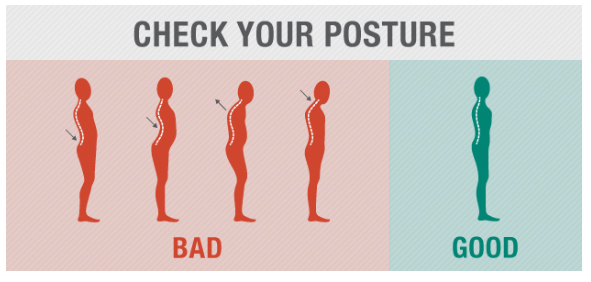Save the Date: May is Global Employee Health and Fitness Month
Start thinking about how your company can participate on Global Employee Health & Fitness Month!
Throughout the month of MAY, employers will challenge their employees to participate in health and
fitness activities.








 A
A  Schedule break time and recess
Schedule break time and recess

